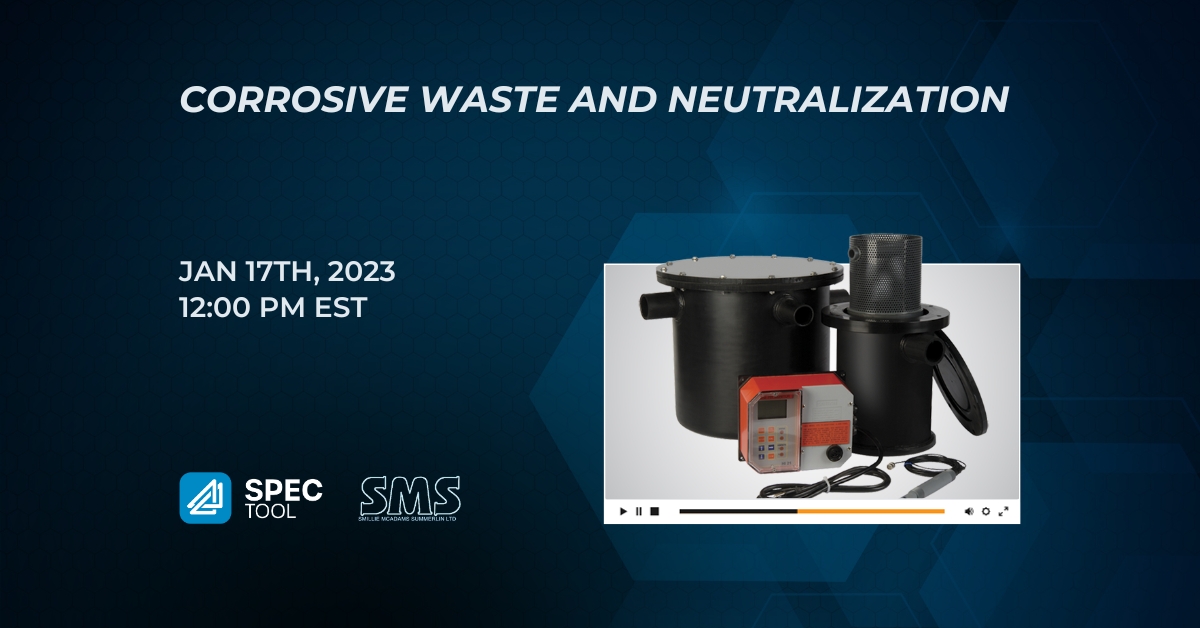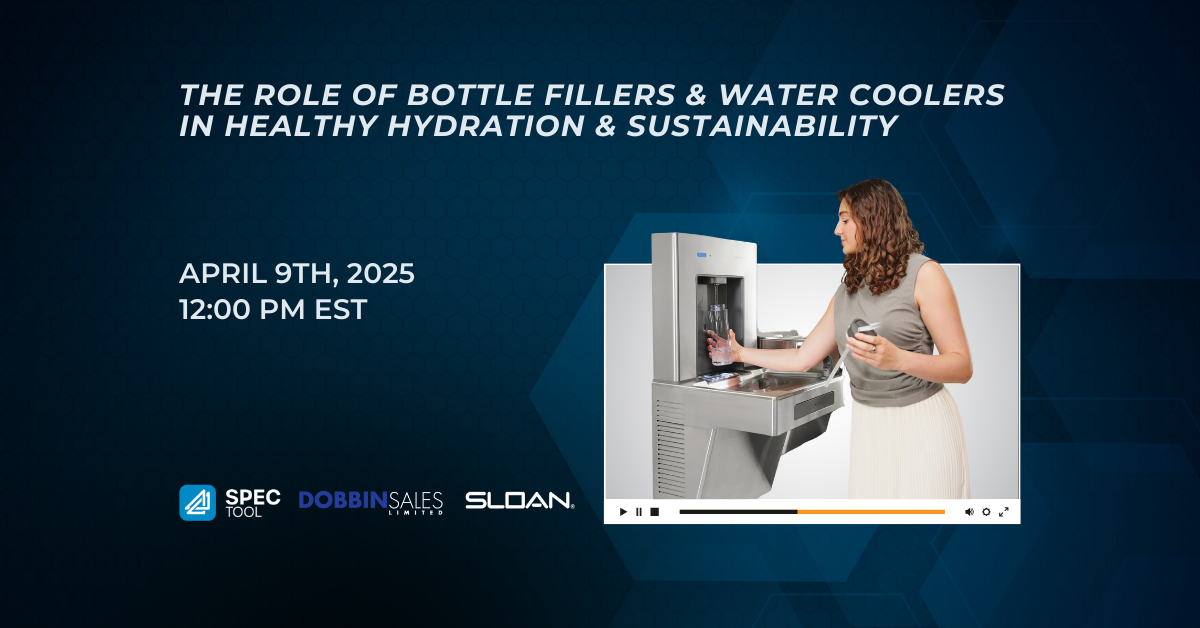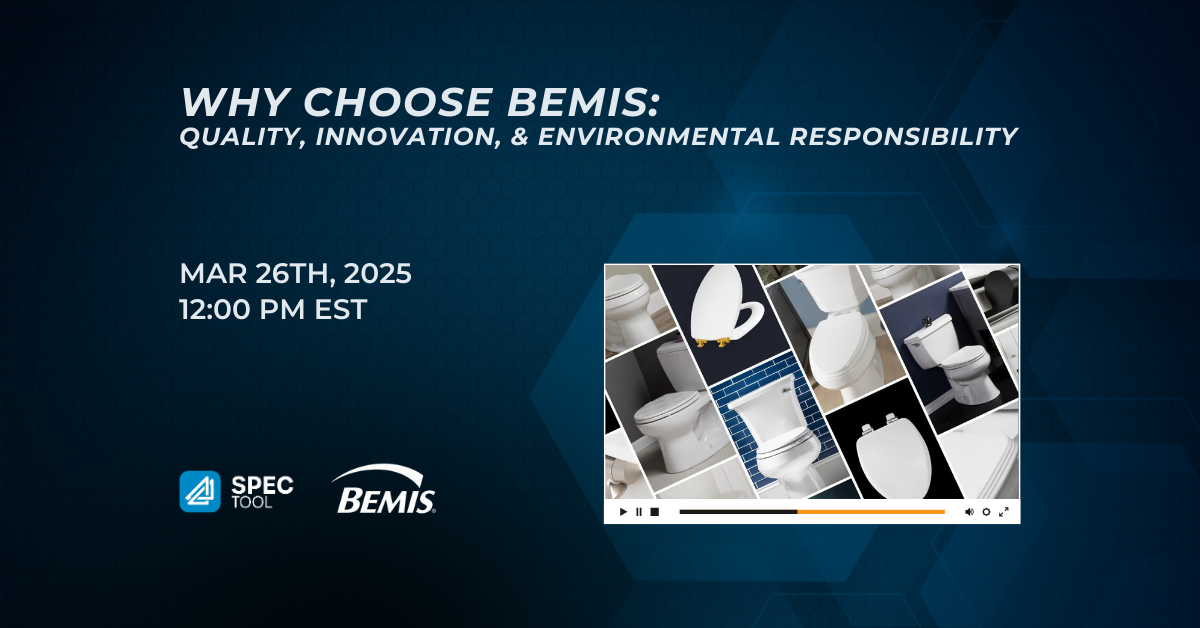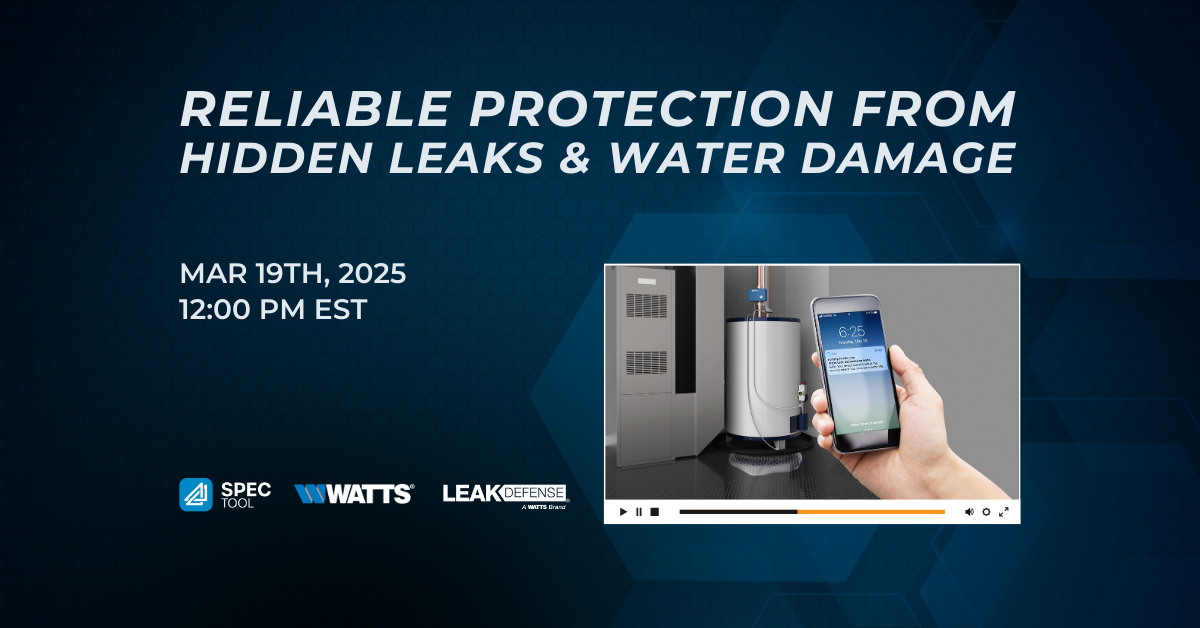Corrosive Waste and Neutralization

CHAPTER SUMMARY
Chapter 1: Introduction to Corrosive Waste Systems in Canada [00:01]
-
- Introduction to the session and the Ontario market specifics.
- Mohamed Beshir from ATS broadly sets the topic for discussion on corrosive waste in the Canadian context.
Chapter 2: Material and Venting Requirements [07:19]
-
- Corrosive waste materials must adhere to the materials specified by the national code.
- The code demands that pipes used for venting corrosive waste extend to the outside, preventing internal stack corrosion.
Chapter 3: Fittings for Corrosive Waste [09:43]
-
- Various fitting types, such as borosilicate glass and plastic options, are reviewed for use in corrosive waste plumbing.
- Details on joining methods for materials like polypropylene, PVDF, and glass, highlighting their specific applications.
Chapter 4: Polypropylene Use and Building Requirements [14:38]
-
- The restrictions on polypropylene use in unsprinklered buildings and its application in specific settings are discussed.
- There’s a review of fire safety standards that apply to combustible materials in plumbing systems.
Chapter 5: Compliant Materials and System Requirements [17:03]
-
- Emphasizes the importance of selecting materials suitable for corrosive waste that are compliant with building and plumbing codes.
- Presentation touches upon the three acceptable options for Canadian DWV systems in corrosive applications.
Chapter 6: Neutralization versus Dilution [21:22]
-
- Differentiation between neutralization and dilution as methods of treating corrosive waste, with a preference for the former.
- A discussion of the municipal bylaws that dictate treatment methods before disposal into the sanitary system.
Chapter 7: Understanding pH and Its Implications [23:27]
-
- The significance of pH levels in determining the acidity or alkalinity of waste and the inefficiencies of achieving neutral pH through dilution.
- An explanatory point on the logarithmic nature of the pH scale and its relevance in neutralization processes.
Chapter 8: Gravity Fed Neutralization System Design [28:11]
-
- Instructions on sizing for Limestone-based gravity fed neutralization systems, calculating based on fixture counts.
- Demonstrations of different system setups to accommodate architectural constraints of various building spaces.
Chapter 9: Advanced Neutralization System Management [37:01]
-
- Delving into managing neutralization systems with pH monitoring and how to incorporate alarms for better system management.
- Insights on when to use gravity-fed versus injection-style systems, depending on waste characteristics.
Chapter 10: Importance of Detailed Specification & Design [41:22]
-
- Argument for the need for explicit details in project planning to ensure that installed systems are durable and compliant.
- Focuses on the importance of scrutinizing all aspects of system design, from tanks to gaskets, for optimum functionality.
Chapter 11: Tank Modifications and Suitability for Waste Systems [43:27]
-
- Process shows how to modify tanks to make them suitable for the specific requirements of a neutralization system.
- Discussion about enhancing tanks for below-grade use and selecting the correct hardware for maintaining tank integrity.
Chapter 12: Material Selection for High-Density Polyethylene Tanks [49:53]
-
- Conversation on why HDPE is a preferred choice for tank construction in neutralization systems, as well as available alternatives.
- Consideration of different materials based on specific project requirements and code compliances.
Chapter 13: ATS SpecTool Demonstration [54:48]
-
- A live demo of the ATS SpecTool showing how to add products to a specification.
- Explains useful features including shortcuts for frequent specifications and options for downloading documents in multiple formats.



